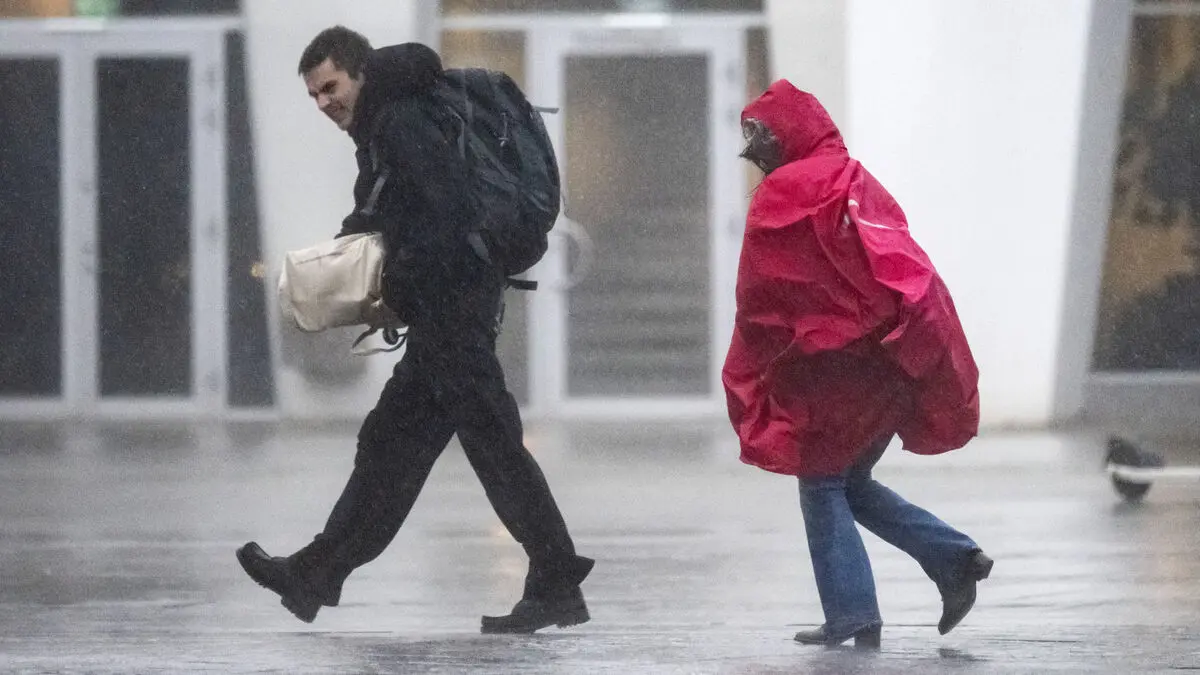Clock 22.20 Swedish time, the Vega-C rocket takes off from the launch site in French Guiana in South America. In the payload is the environmental satellite Sentinel-1C, which together with its sister satellite 1A will provide the EU's climate service Copernicus with data.
Important parts – such as antennas, the rocket's computer, and the separation system between the satellite and rocket – have been manufactured in Sweden by Beyond Gravity in Gothenburg and Linköping.
Last time it ended in failure for the 35-meter high Vega C rocket. An nozzle unexpectedly overheated, which led to a pressure drop 151 seconds after launch during the night towards December 21, 2022, Swedish time. The rocket – loaded with two private satellites belonging to Airbus Defence and Space – self-destructed and the debris crashed into the Atlantic.
For the European Space Agency ESA, the Vega series is an important rocket, since it is self-developed and complements the larger Ariane family. Since the failed launch, two successful tests have been conducted with an improved nozzle, according to ESA.





